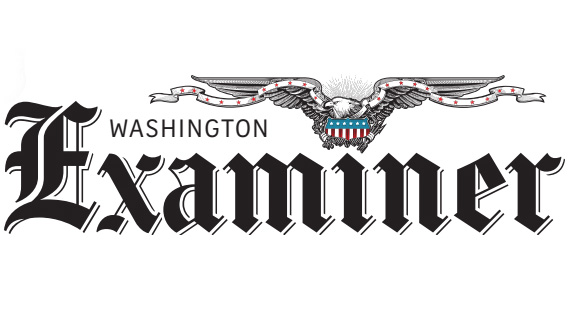This piece originally appeared in Washington Examiner on May 1, 2019.
Presidential candidate Sen. Kirsten Gillibrand, D-N.Y., has a new plan to tackle money in politics: Create a subsidy for political candidates so lavish that they can raise “exponentially higher” amounts.
Dumping billions of tax dollars into partisan political campaigns is a proposal only a politician could love. Yet it underscores an ugly reality of efforts to improve campaigns. Politicians aren’t interested in reforms that make it harder for them to be a politician.
Instead, Gillibrand proposes a program to give every voter up to $600 in government money each election cycle. The vouchers could be contributed in increments as small as $10 to candidates for the House, Senate, and the presidency.
These seemingly modest amounts could add up fast and dwarf current campaign spending.
The number of Americans eligible to vote is more than 230 million. If each one spent the $600 Gillibrand would provide, the government would be on the hook for almost $140 billion each presidential election cycle. That’s over 20 times the cost of the most expensive election cycle on record. It is more than the Department of Education’s entire budget.
Of course, the program could cap total spending, and most people would not use the vouchers anyway. Only 6% of Americans check the box on their tax returns to contribute $3 to the presidential matching fund, even though that money does not come out of their refund. Only 3.3% of Seattle residents used the free vouchers for campaign contributions the city mailed to every resident in 2017.
A new national program, however, would benefit from national publicity, and even minimal rates of participation would be immensely costly. If 10% of the 137.5 million Americans who voted in the 2016 election were to use the vouchers in full, the government would end up spending over $8 billion on the election.
By contrast, spending on all 2016 federal campaigns totaled less than $6.5 billion. That’s counting every dollar spent by every candidate, political party, political action committee, super PAC, corporation, and union.
Simply put, Gillibrand is proposing to solve the ills of “money in politics” by more than doubling the amount spent on political campaigns.
Indeed, candidates are sure to adopt strategies to get as much government money as they can. By Gillibrand’s own estimate, the program would cost more than $60 billion in 10 years, or $12 billion per election cycle. No election in American history (except, by some measures, 1896) has ever been that expensive. Gillibrand’s modest estimate is more than the entire budget for the National Park Service.
Campaign spending has important benefits for democracy such as increasing voter knowledge, interest, and turnout in elections. Diverting government funds to political candidates, however, forces the public to support candidates many people oppose. Voters may also object to spending billions on subsidies for politicians at the expense of other priorities like defense, education, and healthcare.
These so-called “democracy dollars” would not cleanse our political system of corruption or inequality. Rather, they would amplify the voices of people who are already highly engaged in politics and have the awareness, resources, time, and interest to request and use the vouchers.
If a lot of voters spend the money, the cost of Gillibrand’s subsidy program would be enormous. If not, it would be valuable only to the most engaged wings of the parties, which tend to be more partisan and extreme.
All in all, giving the equivalent of government-funded steroids to campaigns will not create a level playing field. It will just make elections more costly, more ad-driven, and more bureaucratic.














